Usui Shiki Ryoho
|
|
The Japanese word ‘reiki’ can be translated as ‘universal life energy’ and the Usui System is a way of working with reiki for healing of self and others. The word healing is used in the sense of regaining harmony and wholeness. Usui Shiki Ryoho addresses the whole person on the physical, emotional, mental and spiritual levels and those that we cannot identify at the present.
Usui Shiki Ryoho has been defined by the former lineage bearer, Phyllis Lei Furumoto, as having four Aspects: healing practice, personal development, spiritual discipline and mystic order. The Aspects accompany a central core of practice and philosophy referred to as the Nine Elements. The combination of all the Elements and Aspects and their inter-relationships creates the system which has a proven, predictable capacity to take people along a profound path of healing, growth and spiritual deepening. If any part is changed or left out, the form is no longer recognized and is considered to be another form of Reiki practice.
The importance and deeper meaning of the elements and aspects and the whole system is mainly beyond words and gradually unfolds through personal experience. The following is a brief outline.
Four Aspects
Healing Practice - Usui Shiki Ryoho has as its basis self treatment and a form of treatment to be used as a way to treat others. This is achieved through a series of laying-on-of-hands treatment positions.
Personal Development – Through the practice of this system, the student is presented in everyday life with choices. These choices address underlying principles and beliefs that the student has acquired over the years of life. These principles and beliefs are often challenged as they may not be beneficial for the student’s path toward authenticity.
Spiritual Discipline - inherent in the regular practice of the Form is the connection to spirit within each of us as a human being. This connection to spirit can result in students considering this practice as a spiritual path.
Mystic Order - practice of Usui Shiki Ryoho brings mystic experiences and a sense of connection and common purpose with others following this path.
Nine Elements
Oral Tradition - The form and essence of this system is passed on only through a person to person relationship with a Reiki Master involving verbal and non-verbal communication and energetic transmissions.
Spiritual Lineage - Mikao Usui, Chujiro Hayashi, Hawayo Takata and Phyllis Lei Furumoto are recognized as the spiritual lineage of this system. The living lineage bearer embodies the essence of this system. The teachings are passed down through this line of masters, developing through the experiences of these masters, the cultural norms of the time frames, and the development of global society.
History – The story that is told from master to student is passed through the oral tradition in the First Degree class. This is the story of Reiki and this particular form of practice. This is not a story that is about people but the way in which Reiki has passed through each of the lineage bearers and become a manifest form.
Initiation – This secret and sacred ritual is passed down from the Lineage to the masters of the system. The masters, in turn, use this ritual to connect each student to the energy of Reiki and to bring life to the form of the practice that accompanies the initiations.
Symbols – The three symbols taught in the Second Degree classes are accompanied by a specific form of practice. These symbols seem to act as energetic keys that access the non physical world. This part of the practice prepares the student for a greater choice in life and a wider understanding of the world in general.
Treatment – The treatment form consists of hand positions held for a few minutes in a specific order. This is the formal treatment practice. The informal treatment is any hand position that is practiced with the consent of the person being treated for as long as is necessary. Treatment of the First Degree is done on the physical body with hands on the body. The Second Degree treatment is also practiced on the physical body and also at a distance through use of the symbols.
Form of Teaching –The Form is the container for the teaching of First and Second Degree classes.
Monetary Exchange – Each initiatory step of the path has a specific monetary commitment from the student to the master.
Precepts – The Five Precepts are intended to awaken questions within a student and therefore involves the mind as well as the body and spirit in the process of becoming whole in body and spirit. top of page |
|
|
|
|
|
|
|
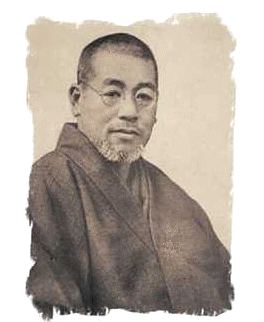
Mikao Usui 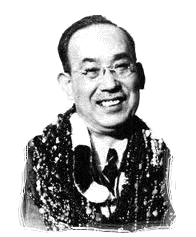
Chujiro Hayashi 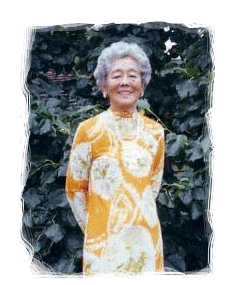
Mrs Hawayo Takata 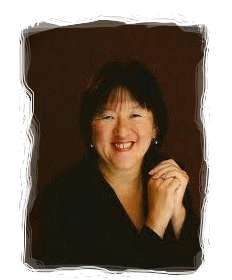
Phyllis Furumoto 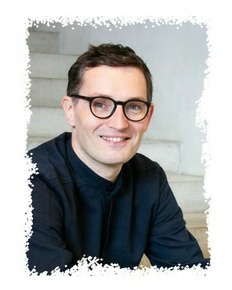
Johannes Reindl |

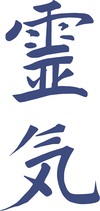 Usui Shiki Ryoho - the Usui System of Natural Healing - is a Japanese Healing Art. This form was founded in Japan a little over 100 years ago a by Mikao Usui, whose personal search to understand healing led him to Reiki.
Usui Shiki Ryoho - the Usui System of Natural Healing - is a Japanese Healing Art. This form was founded in Japan a little over 100 years ago a by Mikao Usui, whose personal search to understand healing led him to Reiki.